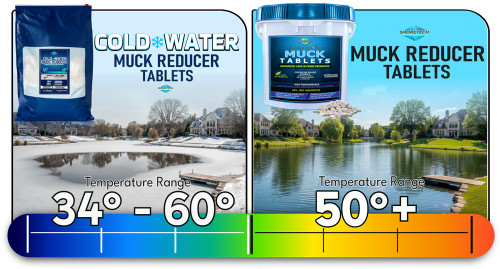Description
After years of studies and research the Zebra Mussel Trap (ZMT) was developed. The Zebra Mussel Trap provides and alternate ecosystem for the young and old mussels. By providing an attachment point we can reduce their numbers. We recommend fanning our traps out over your lake frontage at 6 to 8 feet of water every 25 feet. Then cleaning or replacing traps every 2 months. By removing and replacing the traps you will greatly reduce the number of breading Zebra mussels.
You will be amazed at the improvement of your beach and lake frontage. With the reduced numbers of Zebra mussels your property will become safer and more beautiful. Works like Fly paper for Zebra Mussels. Recycle Zebra Mussels by adding to mulch pile. Zebra Mussel Trap will capture Zebra Mussels all year long. This is not a permanent structure and should be removed, cleaned (recharged) and replaced. Zebra Mussel Traps attract fish, especially perch.
- Only proven way to remove and reduce large numbers of Zebra Mussels without chemicals.
- Alternate Ecosystem for Zebra Mussels.
- Removes thousands of breading Zebra Mussels.
- Environmentally safe without chemicals.
- Make your beach and waterfront safer and clean.
Zebra mussels (Dreissena polymorpha) have become a huge environmental problem. First introduced into the North America in 1988 they have spread like a wild fire. Thought to have originated from the Balkans, Poland and the former Soviet Union and transported to North America in the ballast tanks of ships, then released into the Great Lakes and its tributaries. It names comes from the color and the striped pattern on its shell. They are typically 1-2 cm in size, but some can get as large as 5-6 cm. Their life span is approximately 5 years. They live mostly at depths of 6-25 feet. Females may produce upwards to 1 million eggs per year. Mature zebra mussels attach themselves on to hard surfaces. Zebra Mussels upset ecosystems, threatening wildlife and damaging structures they attach to. Shells from Zebra mussels foul beaches and swimming area. Bare feet are at risk from the sharp shells.






























